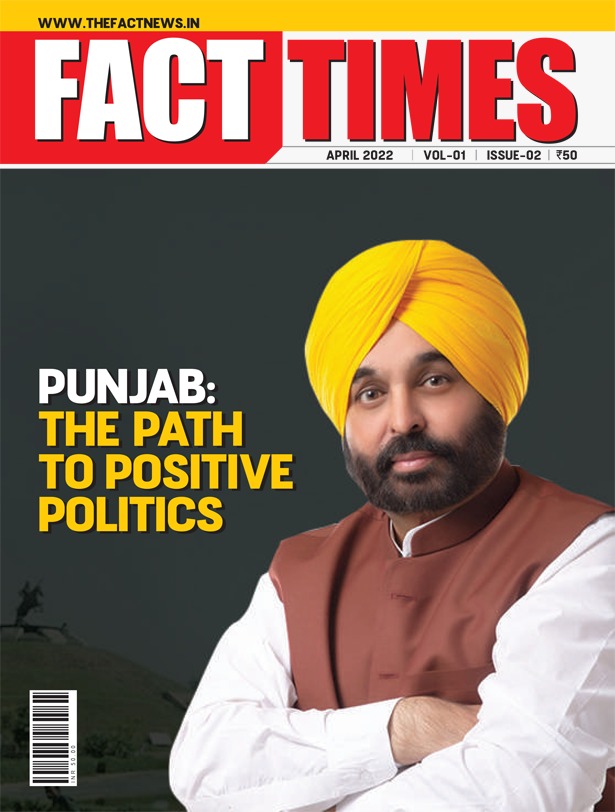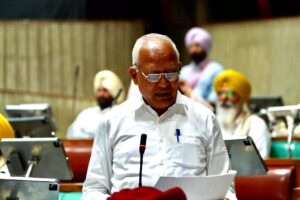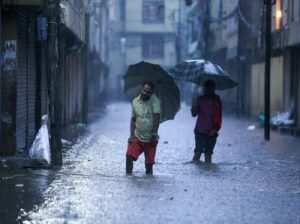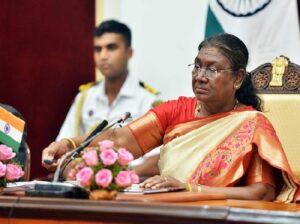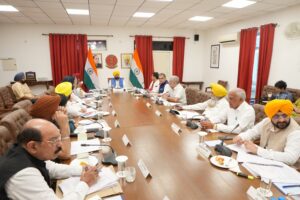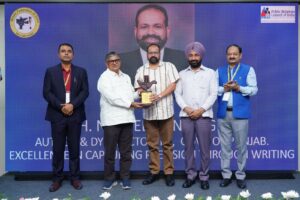New Delhi, December 12
As part of International Universal Health Coverage (UHC) Day, World Health Organization and its member states in the South-East Asia Region highlighted the urgent need to reorient health systems towards quality, accessible, affordable and comprehensive primary health care.
Universal Health Coverage Day is celebrated annually on December 12 and is promoted by the World Health Organization.
A whole-of-government, whole-of-society action is needed to protect, promote and support health and well-being, recognizing that ‘Health for All’ will only be achieved if together we are ‘All for Health’, WHO said in a statement on Monday.
The WHO, in the statement, said, at least half of all the people worldwide do not receive the health services they need. Over 996 million people spend at least 10 percent of their household income on health care.
In 2017, around 299 million people in the South-East Asia region faced catastrophic health spending, and an estimated 117 million people in the region were pushed or further pushed below the purchasing power parity poverty line of USD 1.90 a day, WHO Regional Director for South-East Asia Dr. Poonam Khetrapal Singh said in the statement.
Since 2014, the South-East Asia Region has sought to achieve Universal Health Coverage as a flagship priority, recognizing that it is central to improving population health and greater well-being and enhancing human capital. Between 2010 and 2019, the Region increased its universal health service coverage index from 47 to 61.
Between 2000 and 2018, the Region reduced out-of-pocket spending on health from 50 percent to 40 percent, and between 2000 and 2017, reduced the number of households impoverished or further impoverished from spending from 30 percent to 6 percent.
Since 2014, the density of doctors, nurses, and midwives in the Region, WHO said, has improved by over 30 percent, with nine countries now above the first WHO threshold of 22.8 health workers per 10 000 population, compared with six in 2014.
Notably, five countries of the Region have already achieved the Sustainable Development Goal targets for under-five and neonatal mortality.
Since 2016, six countries of the Region have eliminated at least one neglected tropical disease, and all countries continue to strengthen PHC services to prevent, detect, control and treat noncommunicable diseases.
“Gaps and challenges nevertheless persist and have been exacerbated by the COVID-19 crisis and other global events. Today, tens of millions more people in the Region have been pushed into extreme poverty, aggravating the social and economic determinants of health, and increasing the risk of catastrophic health spending and foregone care. In some programme areas, health service disruptions have halted and even reversed progress,” the statement read.
For a whole-of-government and whole-of-society approach, WHO has called for action in several key areas.
Dr. Poonam Khetrapal Singh said multisectoral action, mainstreaming of social participation, legal frameworks to assist populations to enjoy the Right to Health, and increased financing for health and well-being are vital.
“We have a once-in-a-century opportunity to build the Region and world we want – a Region and world that is healthier, more equitable, resilient, sustainable and health-secure,” Dr Poonam Khetrapal Singh said, adding that WHO will continue to provide Member States with its ongoing and unmitigated support, for a South-East Asia Region in which all people can access quality health services, when and where they need them, without financial hardship.




